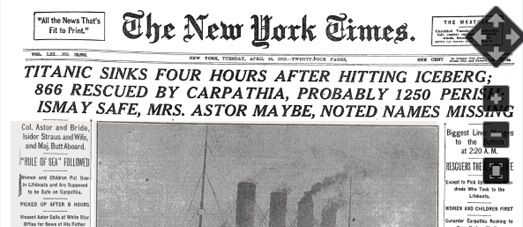I first wrote this post 9 years ago. I've decided to bump Peaky Finders to the front page of Maps Mania again in celebration of the fact that these three interactive maps still work. 90% of the interactive maps that I wrote about on this blog a decade ago no longer work. Not only are these three interactive mapping applications still flourishing all three are also really fantastic uses of location data.

PeakFinder is a really useful application which can generate a 360° panoramic map which names all the visible peaks and hills which you can see around you from your current location.
To create a panorama users just need to share their location with PeakFinder. PeakFinder will then magically create a a 360° panoramic sketch of the view from your location. You can then zoom in & out and pan around the panorama and identify the names of all the peaks which surround you.

HeyWhatsThat also allows you to create panoramic sketches showing names of visible peaks. HeyWhatsThat allows the user to click on highlighted peaks to view the name and see the peak's location on a Google Map. This map view also displays the distance and the direction to the selected peak from your location.

Generate a Panorama lets you click on a Google Map and create a bird's eye representation of the view from that location. To generate your own view you just need to click on a location on the map. You can then drag a polyline to choose the direction you wish to view and you can also adjust the span of the view. Like PeakFinder and HeyWhatsThat this application also labels all the peaks that you can see from your current location.


















































